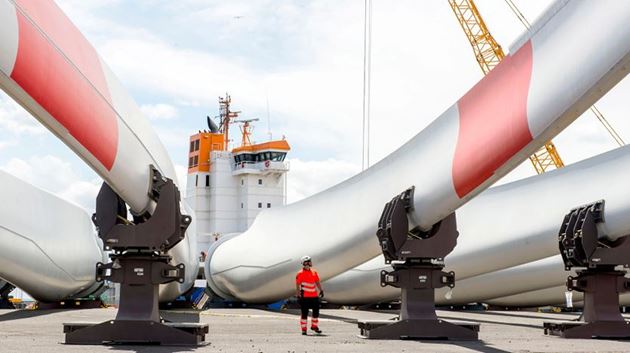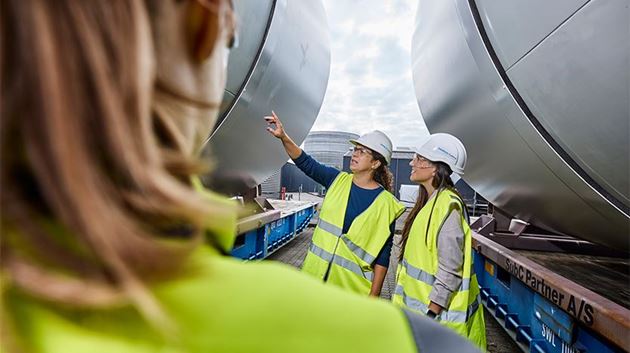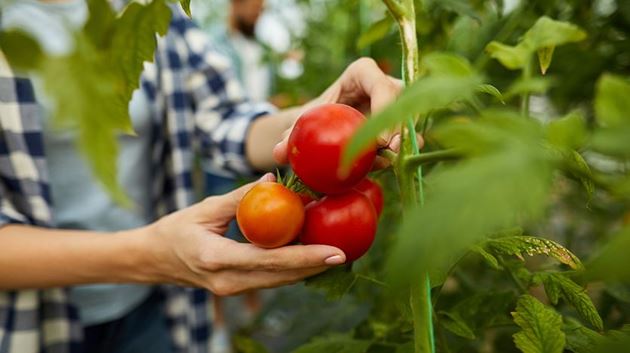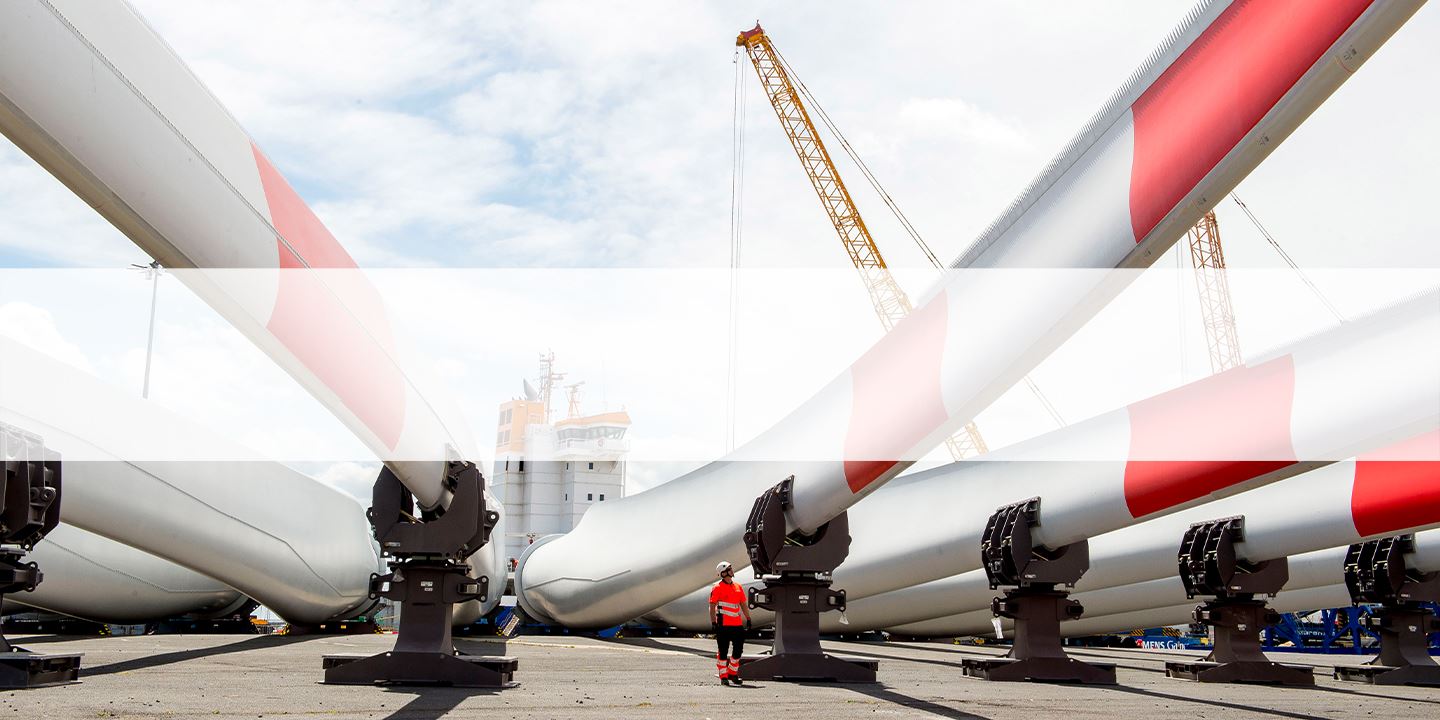
Taking innovation offshore:
The Kaskasi wind energy project, a world first. And why policymakers should care
“Done? Okay, over.” Daniel’s walkie-talkie crackles. He’s been managing construction projects for 12 years, and this is far from his first rodeo.
Daniel Reinhardt has spent the last three years managing the turbine installation of RWE’s Kaskasi offshore wind project, from initial sales to client handover. This project, the first of its kind, marks a turning point in the long-term sustainability of offshore wind power.
We are 35 kilometers off the coast of the German island of Heligoland in the North Sea. For the last few years, Daniel and his crew of engineers and technicians have been working on a world first for the industry. They installed the first commercial recyclable wind turbine blades here, and in July 2022 these turbines generated their first green energy output. The Kaskasi wind project, along with two other offshore sites Amrumbank West and Nordsee Ost, forms part of RWE’s Heligoland Cluster.
Closing the gap between political ambitions and actual installation permits.
Towering overhead, 38 wind turbines each reach 191 meters high. A single blade spans 81 meters, almost the length of a football field. Kaskasi will operate at a nominal output of 327 megawatts and, in boost mode, at a maximum capacity of 342 megawatts. It alone will generate clean energy for up to 400,000 homes across Germany.
But as big as the project may be, it is small compared with Germany’s ambitious plans for offshore wind energy.
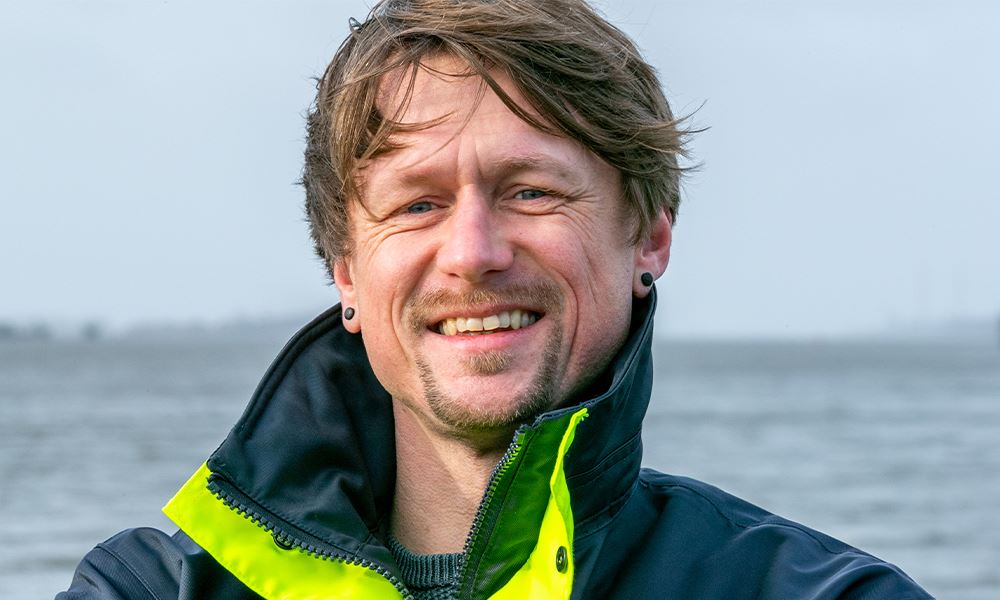
Until 2030, the government here wants to reach the target of at least 30 gigawatts – of which it wants to achieve about half, 15 gigawatts, in the decades’ last two years alone. Just over eight gigawatts, however, had been installed at the end of 2022. In other words, original equipment manufacturers (OEM) like Siemens Gamesa need to build about 90 projects of the size of Kaskasi in less than ten years.
That’s a steep climb considering that only a small portion of offshore projects are currently in the hands of developers – and even fewer can be found in the order books of OEMs. But manufacturers as well as suppliers of key components and raw materials, as well as ports and ships for installations, need to massively invest. They have to prepare today for tomorrow’s unparalleled installation additions. Siemens Gamesa and the European wind industry are therefore asking policymakers to create conditions for investment security. Market volumes need to be made transparent and close the gap between political ambitions and actual installation permits. That is why manufacturers also need concrete plans for grid expansions to deliver offshore wind energy ashore.
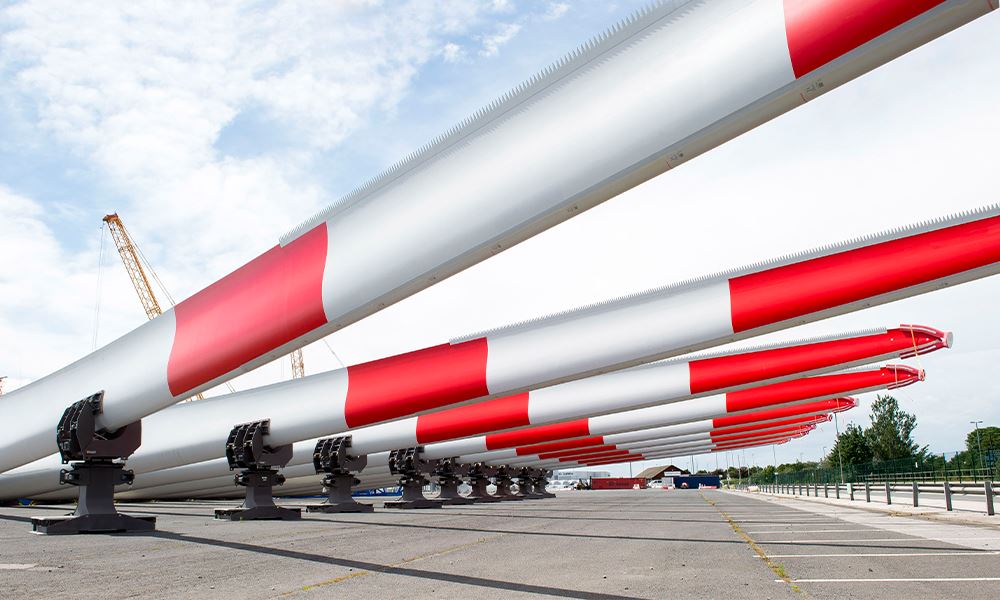
Sustainability as a relevant factor in auctions
Daniel’s walkie-talkie hisses as the boat rocks like a slow-paced metronome. It’s an unusually calm day on the North Sea. He looks at us and points up with a smile. These aren’t any ordinary wind turbines. The materials used for the blades can be fully reclaimed at the end of the product’s lifespan for recycling and reuse in other industries. A mild acidic solution is used to separate the resin, fiberglass, wood, and other materials. They can then go back into the economy to create new products such as suitcases or flat-screen casings without the need for more raw resources. This closes the loop and marks a major milestone in creating a fully circular economy within the wind industry.
It takes a village to make it happen
In 2023, Kaskasi is an emblem of innovation within the offshore sector. Progress on this scale would be unthinkable without the people working behind the scenes.
As Daniel tells us, it takes a village to make this happen: “A successful offshore project can never be attributed to one individual, but rather to the thousands of people who have contributed along the way. Together, the team has overcome the isolation of the pandemic, severe market turmoil, and resource disruptions to deliver this brilliant result.”
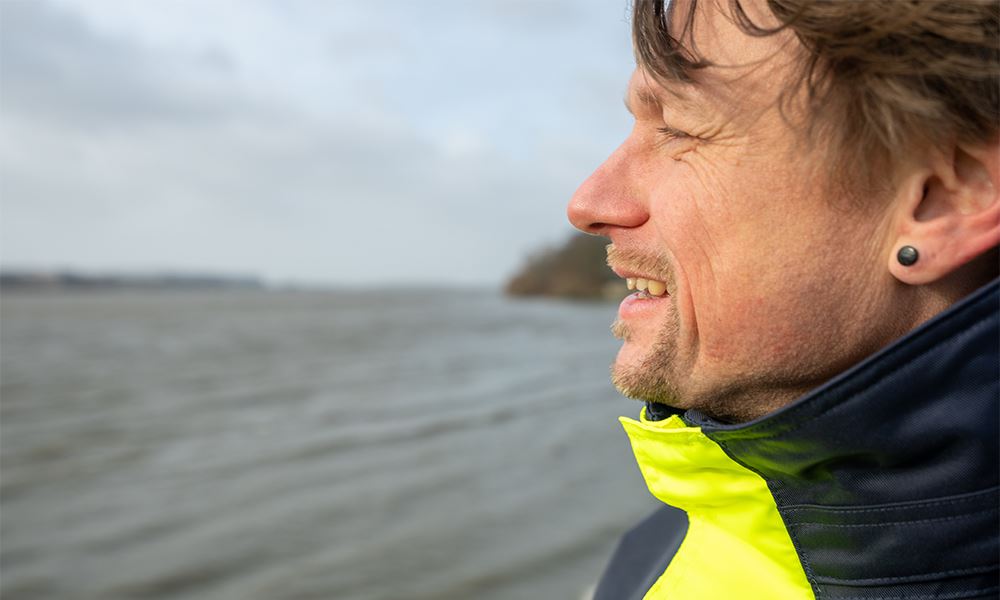
And right alongside those thousands of people helping to realize Kaskasi is RWE, Siemens Gamesa’s customer and one of the world’s leaders in offshore wind power. RWE’s improved installation methods and steel collars are fortifying the structural behavior of the RecyclableBlades. This project, Daniel says, has equally depended on RWE’s engineers, project managers and many other colleagues.
Later that evening, we want to ask Daniel more questions. But as soon as we touch solid ground again, his phone rings. Daniel grabs his walkie-talkie: “Hello?” He laughs. And we all agree to call it a day.
